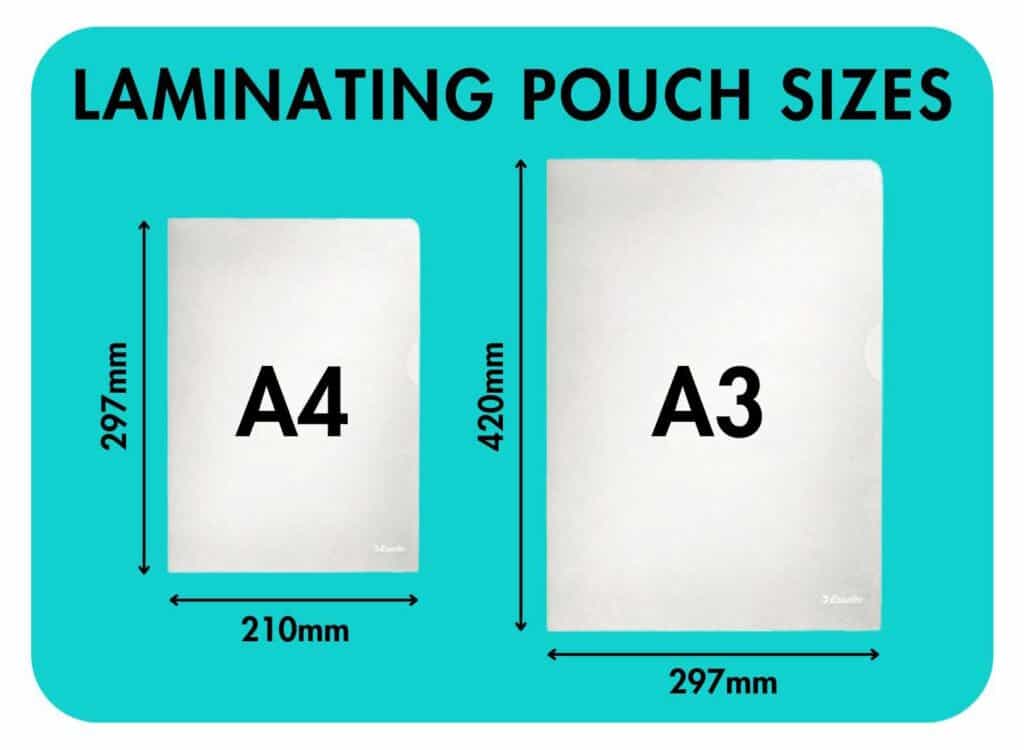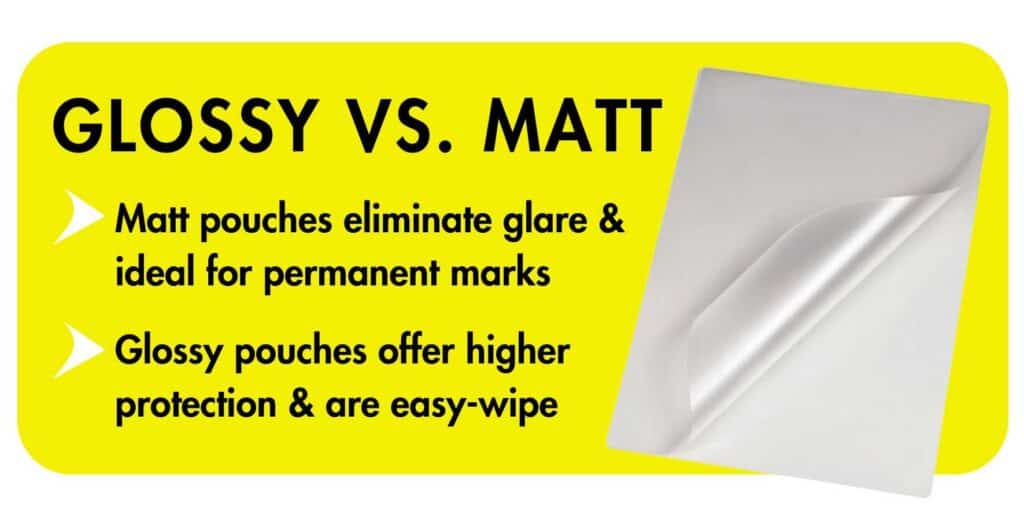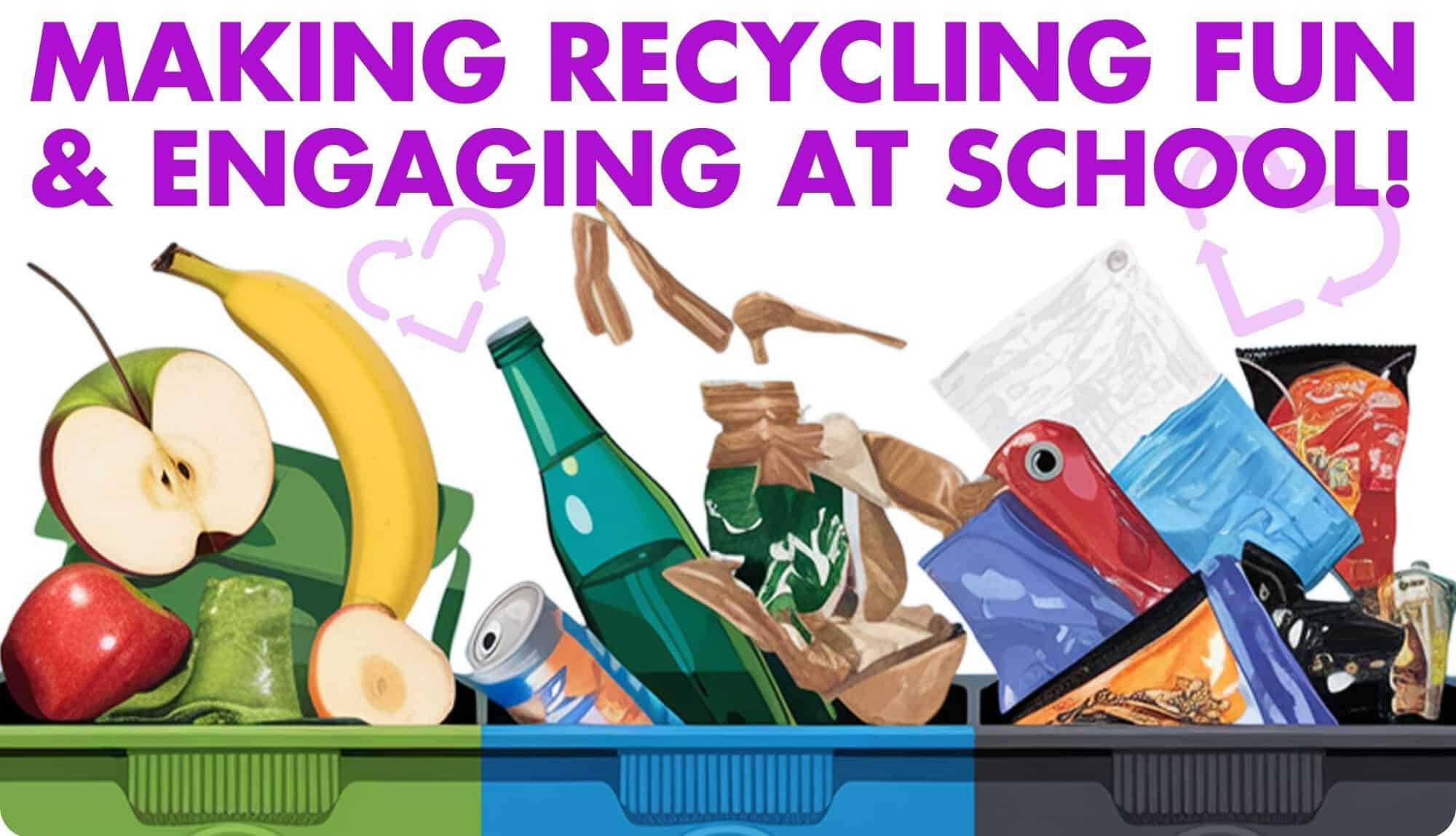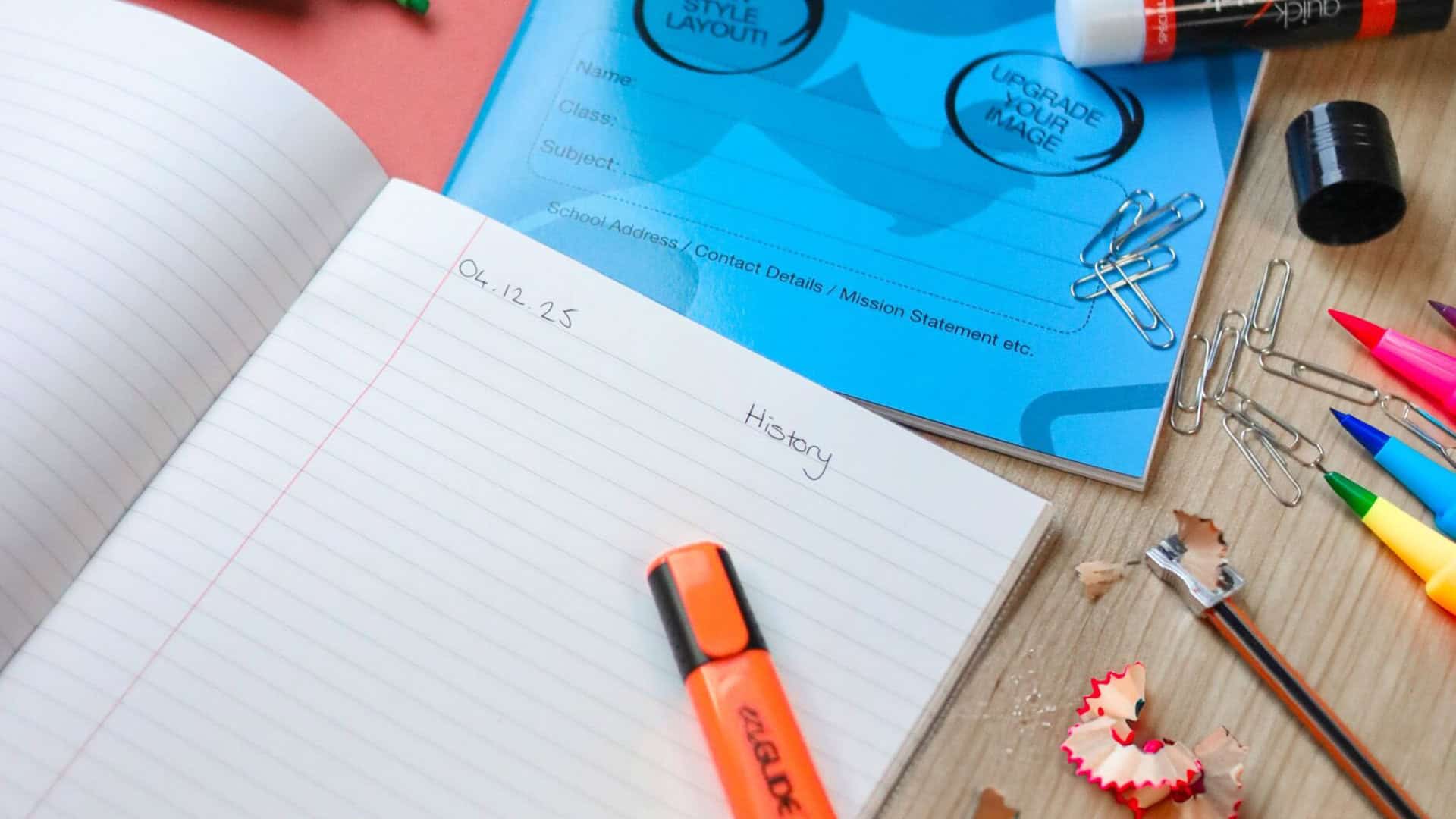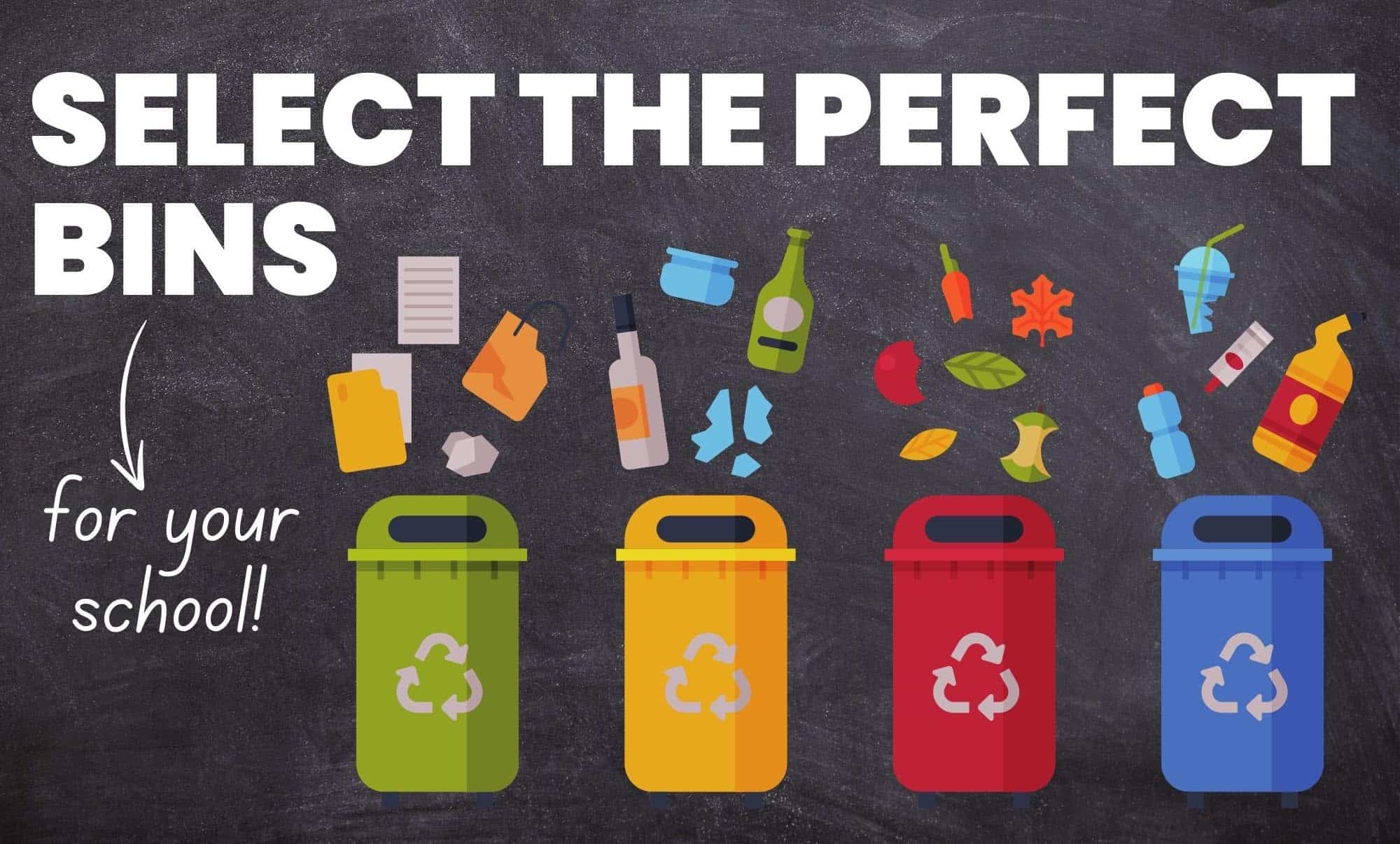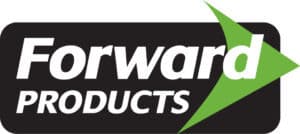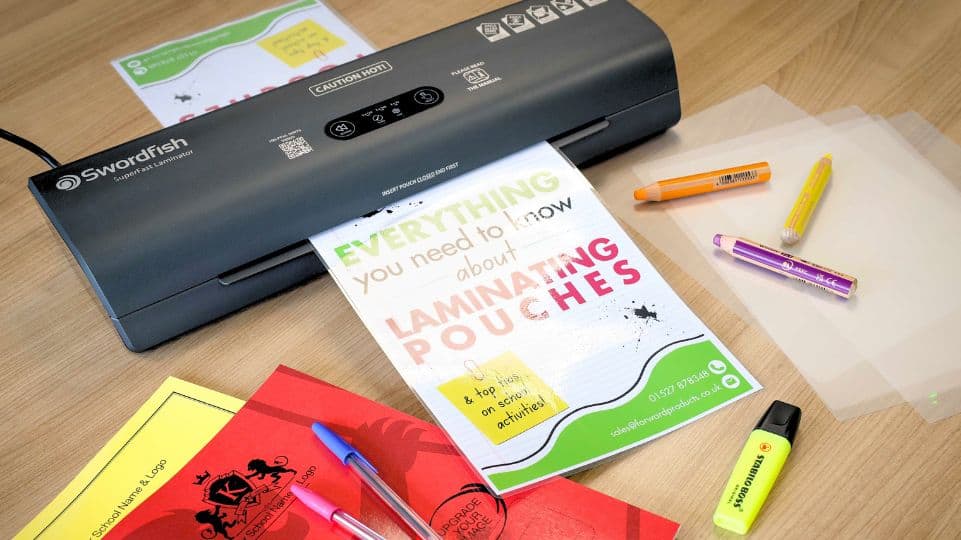
Believe it or not, there are an array of different types of laminating pouches which can be used for a multitude of uses! Forward Products are here to help you understand the key features and explain what you need to know to make choosing laminating pouches simple. In this blog, we will cover everything from laminating pouch sizes, sealing, and corners to matt vs. gloss pouches and micron weights. PLUS, we have some ideas and inspiration for how you can use them in your schools!
Different types of laminating pouches
There are different sizes available from A4 and A3, to A5 and ID card sizes dependent on your project requirements. Looking to laminate on a larger scale? Laminating rolls are available from widths of 320mm to 635mm and beyond!
Sizes
There are different sizes available from A4 and A3, to A5 and ID card sizes dependent on your project requirements. Looking to laminate on a larger scale? Laminating rolls are available from widths of 320mm to 635mm and beyond!
Sealing
Laminating pouches can be sealed on different edges, including one edge – also known as a clamshell-style laminating pouch; two edges; or three edges. The different types of sealing have minimal impact on the outcome of your lamination, but it can be more difficult and time-consuming to slide your paper into a pouch sealed on three edges, compared to a clamshell-style laminating pouch.
Thermal sealing and adhesive laminating pouches
There are two main options when it comes to sealing laminating pouches – heat sealed, or thermal, laminating pouches which go through a laminator to provide the required temperatures; and self-adhesive or sticky-backed pouches. However, sealed pouches are more durable with a better bond, offering more long-term protection.
Round or square corners
Laminating pouches can come with square or rounded corners. Rounded corners are the ideal solution for schools because of the softer look and feel of the edges, making them safer and more child friendly.
They can also come pre-punched ready to be added into any filing systems and folders, and with anti-static coating to make it easier to insert paper and card into the pouches.
Glossy vs. matt laminating pouches
A key feature of laminating pouches is their finish – glossy or matte. Both are ideal for an array of projects, with benefits to both types of products…
Matt laminating pouches
A matt finish helps eliminate glare, making them ideal for use outdoors or in areas when the laminating pouches will be under direct lighting.
Laminating pouches with a matt finish are ideal for more subdued colours and tones, making text easier to reading and offering a more subtle effect. They can be used for projects where you’d like to make permanent marks on the pouches with biro or pencil.
But matt laminating pouches are prone to tarnishing and scratching, so can be less durable and long-lasting.
Glossy laminating pouches
A micron is the unit of measurement – one millionth of a meter – used to measure the thickness of a laminating pouch. But what impact does this thickness have on the results of your laminating?
The higher the microns of the laminating pouch, the more rigid, more durable and the longer lasting. For example, an 80-micron laminating pouch would be flimsy and have a shorter lifespan compared to a 150-micron laminating pouch.
High micron laminating pouches are more resistant to creases and bending, but if you need to fold a laminated document, we recommend using 100-micron film thickness or less.
Top Tip! Make sure you check your laminator can accommodate the micron thickness of your laminating pouches if you’re choosing heat-sealed lamination.
Using laminating pouches in schools
Whilst laminating pouches are most often used to protect documents, signs, and certificates, they can be used for a variety of fun projects in schools!
Outdoor Activities
If you are planning outdoor activities for your classes – whether it’s orienteering for a high school trip, or a garden treasure hunt for your early years’ students – laminating pouches will ensure their paperwork is protected from the unpredictable UK weather!
Personal Whiteboards
Personal whiteboards are often used in and out of classroom settings, high micron laminating pouches used to laminate card can offer a low-cost alternative! But be sure to pick a glossy laminating pouch to use with dry erase or whiteboard pens.
Games
Print out games (think tic tac toe… connect the dots… frustration!) and laminate the paper or card to make them reusable time and time again.
These are just some of the uses of laminating pouches – don’t forget you can make vouchers, gift cards, ID badges, decorations, wall calendars, and more. Stationery and school supplies can be made simple, but your ideas don’t have to be!
Laminating pouches can be versatile and offer countless applications for practical and creative uses. Whether you need to protect important documents, create durable teaching aids, or bring fun activities to your classroom – laminating pouches can be the ideal for solution! By understanding the different types of pouches available – such as thermal versus adhesive, matt versus glossy finishes, and various micron thicknesses – you can make informed decisions that best suit your needs – but if you’re still not sure, our expert team at Forward Products are here to answer your questions.
Forward Products are here to help make school stationery simple, navigate and explore endless possibilities, and bring your ideas to life!

